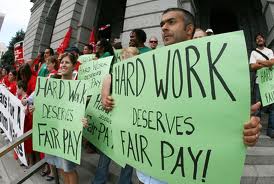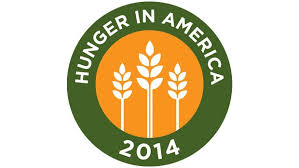Economists Emmanuel Saez, of the University of California–Berkeley, and Gabriel Zucman, of the London School of Economics, are out with a new set of findings on American wealth inequality, and their numbers are startling. Wealth, for reference, is the
value of what you own—assets like housing, stocks, and bonds, minus your debts. And while it certainly comes up from time to time, it has

tended to play second fiddle to income in conversations about America’s widening class divide. In part, that’s because it’s a trickier conversation subject. Wealth has always been far more concentrated than income in the United States. Plus, research suggested that the top 1 percent of households had actually lost some of its share since the 1980s.That might not really have been the case.
Forget the 1 percent. The winners of this race, according to Zucman and Saez, have been the 0.1 percent. Since the 1960s, the richest one-thousandth of U.S. households, with a minimum net worth today above $20 million, have more than doubled their share of U.S. wealth, from around 10 percent to more than 20 percent. Take a moment to process that. One-thousandth of the country owns one-fifth of the wealth. By comparison, the entire top 1 percent of households takes in about 22 percent of U.S. income, counting capital gains.
While the super-rich have risen, the merely affluent have barely budged. As shown on this next graph from Saez and Zucman, the share of wealth belonging to the top 1 to 0.5 percent of households has remained about level. The 0.5 to 0.1 percent have tacked roughly an extra percentage point onto their piece of the pie. The relative gains have been eaten up by the elite—the 0.1 percent and even the 0.01 percent. Continue reading “Wealth gap is worse than you think”












